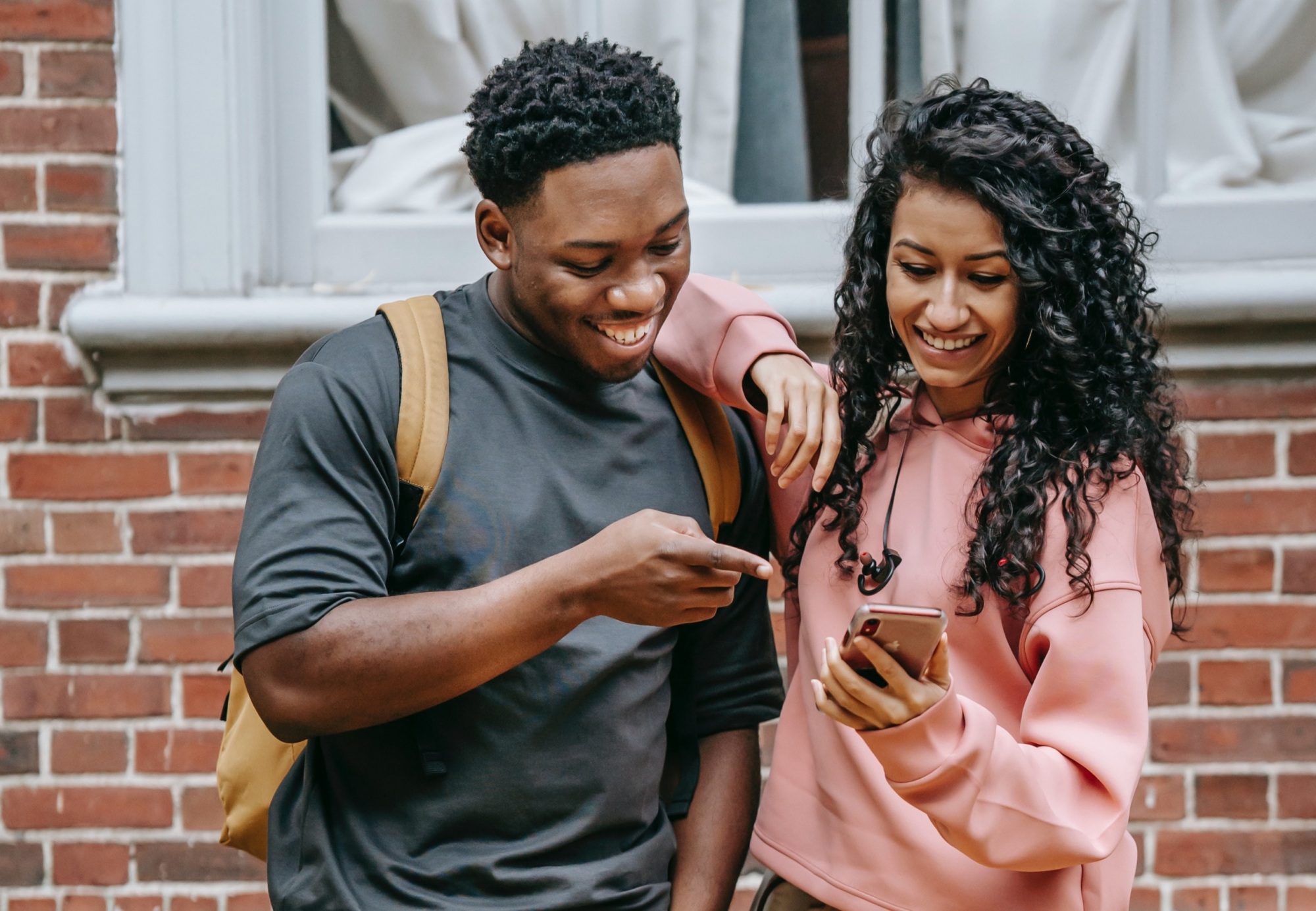Sidekick SMS connects youth with the world of work

News
Sidekick Education – a runner-up of our Big Ideas, Bright Cities challenge – has built a career advisor chatbot, which has already helped thousands of young people explore future job opportunities.
For Sarah Shaw, perhaps the most rewarding things about the Sidekick Education’s program is the level of trust that students and young people are willing to place in the SMS-based chatbot she and her team have created.
“What is invigorating is being able to see the questions that students and young people ask and how open they are to texting a robot they have never met. Every time that happens it’s very gratifying.”
Sarah Shaw, the nonprofit’s Executive Director and Founder, describes the chatbot as “a career advisor you can put in your back pocket, available to every youth in the city.”

Sarah Shaw
Executive Director
Sidekick Education
In its first couple of years, Sidekick was accessed by 10,000 young people in and around Madison, Wisconsin, mostly high school students. In April this year it was chosen as a second-place co-winner in GBC-Education’s first-ever Big Ideas, Bright Cities Challenge, which came which came with a prize and access to a year-long youth skills incubator program with 12 other U.S. cities.
The award is allowing Sidekick Education to expand the chatbot’s access to Madison’s 4,000 “opportunity youth” – those who have left high school but who are not enrolled in an educational program or employment. It is also establishing a new partnership model with the community-based organizations that serve this population.
“Students text Sidekick, and we get to know them, their aspirations, what they want to do and then help explore opportunities that align with their interests,” explains Sarah.
Sidekick directs them to a training program, internship scheme, apprenticeship, mentor or employer who matches with their interests and goals. There is no app or software to download, just a Sidekick number to text.
GBC-Education launched the Challenge to build a network of skills friendly cities and help tackle the shortage in the U.S. of young people who are adequately prepared for the workforce. One in ten young people is not in school and not employed—a total of four million – yet these young people are badly needed in a workforce, which according to the Bureau of Labor Statistics has 11.3 million job openings.
The Challenge aimed to boost initiatives that focus on underserved youth, such as Sidekick. Judges appreciated the ingenuity and user-friendliness of the chatbot, and the fact it addressed Madison’s racial disparity in high school graduation. The city has a very high overall high school graduation rate of 97.7 per cent, but the largest racial gap in high school graduation rates in the country, with a black population graduation rate of 67 per cent.
“One reason we decided to build an SMS-based service is that SMS is highly accessible for most people and communities,” says Sarah.
“We could also see that underserved youth in Madison reach a supportive cliff when they leave high school. Our idea is to create a bridge for these youth that can connect them to the right resources and pathways that already exist in Madison,” she added.
Sidekick Education works closely with the City of Madison and local schools, and has so far liaised with 60 partners and 120 businesses to provide resources to students and young people. It focusses on industries central to Wisconsin’s economy: healthcare, biotechnology, IT and manufacturing and trades.
The algorithms in the chatbot built by Sidekick’s software engineers are able to deal with 70 to 80 per cent of enquiries, but if the chatbot can’t provide all the answers then users are referred to human beings, trained career and college counsellors, who can jump onto a conversation.
The goal is to grow young people’s understanding of the networks, services and opportunities available to them. Very often the services are there, but young people from under-served communities are simply not aware of or comfortable with them.
Use of the chatbot is spreading across the mid-West. Given the U.S.-wide nature of the youth skills gap, Sarah’s aim is to make the chatbot available to every high school in the country by the end of the decade.
“We believe that teenagers and young people have incredible potential that just isn’t being realized, for a lot of different reasons. We wanted to build something that can really help these young people discover and access their full potential. We think we have done that.”
